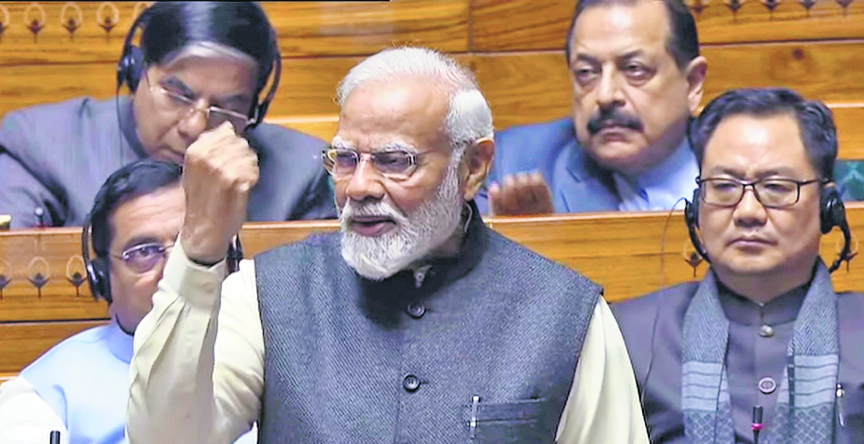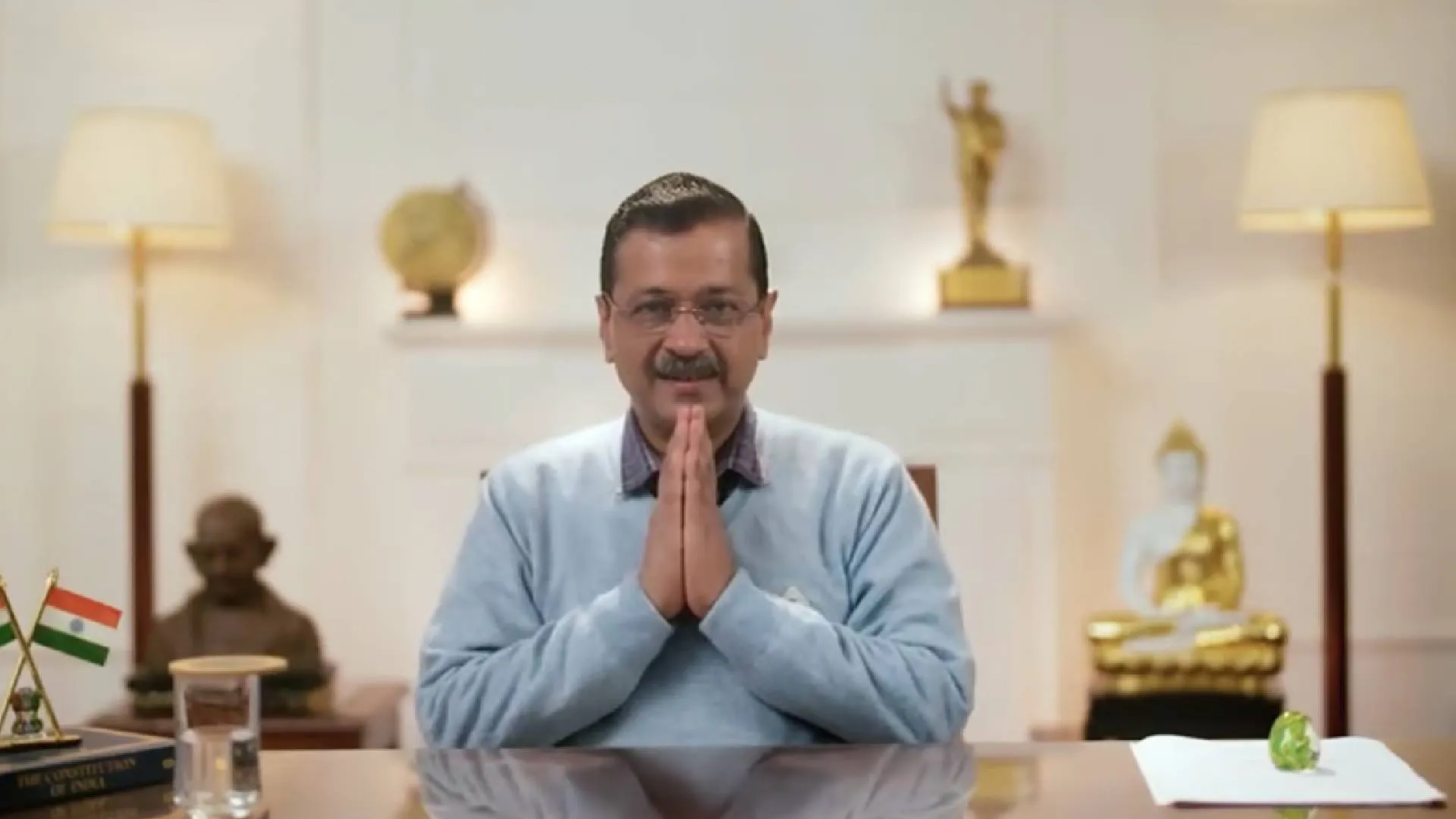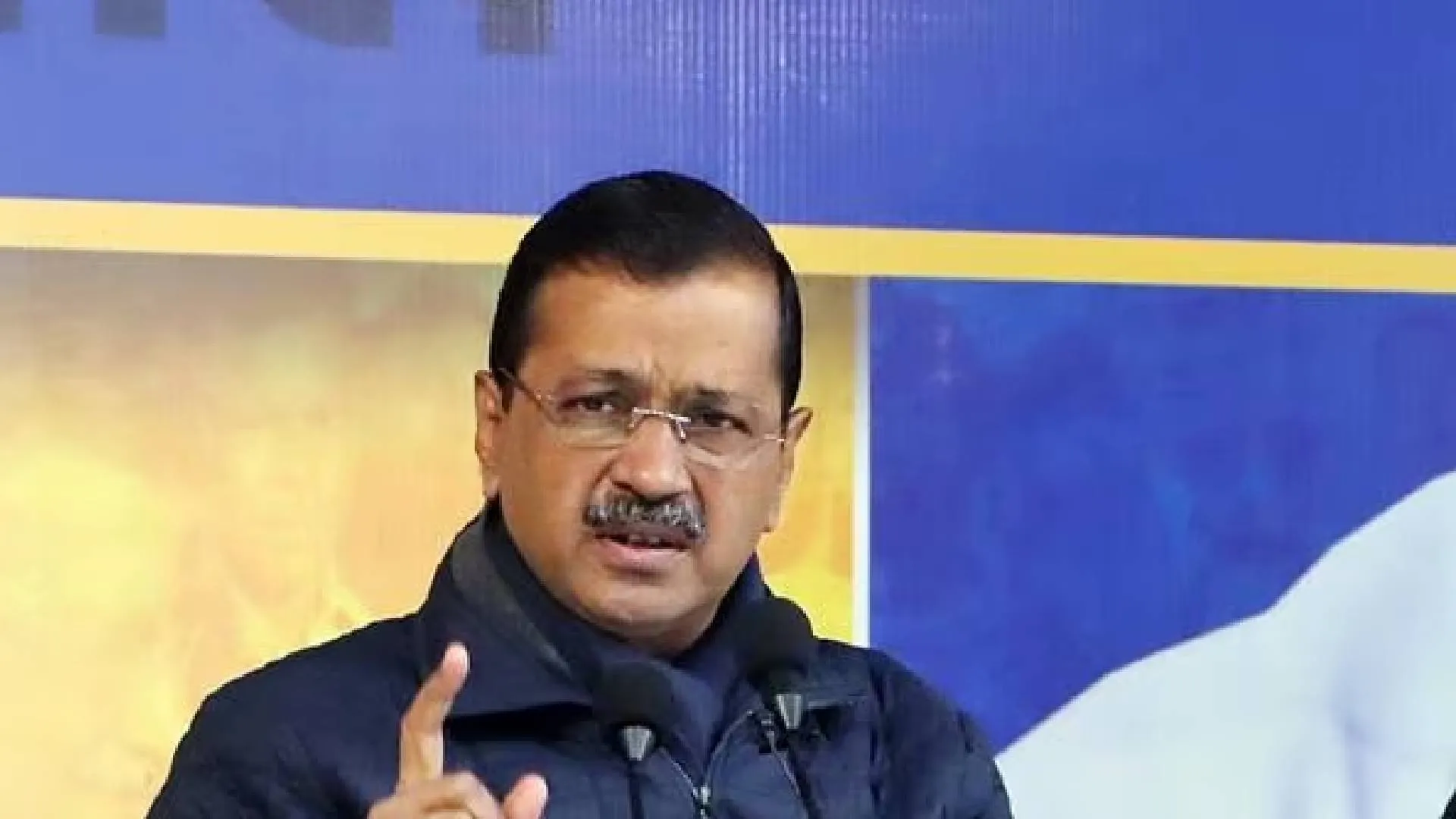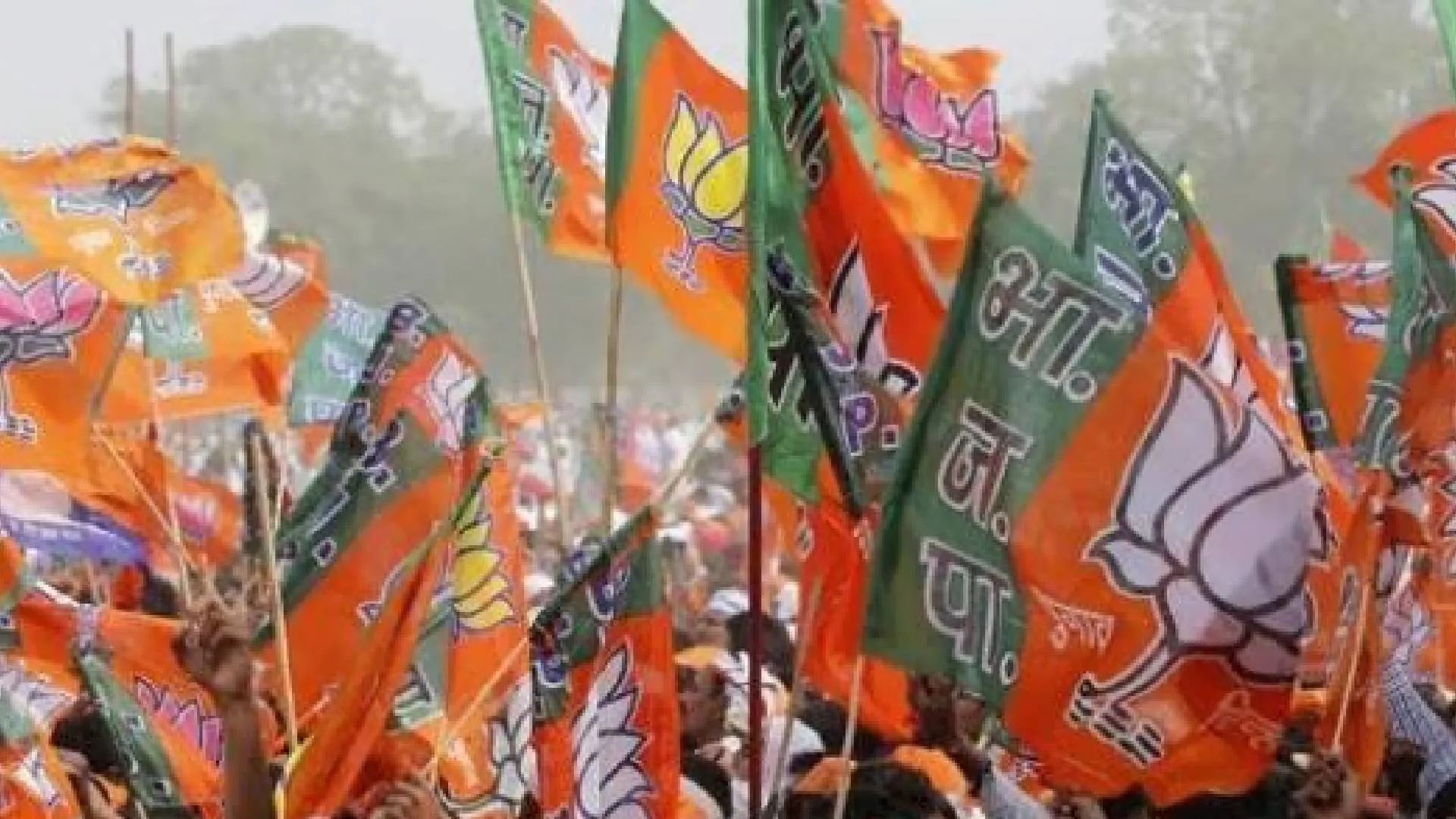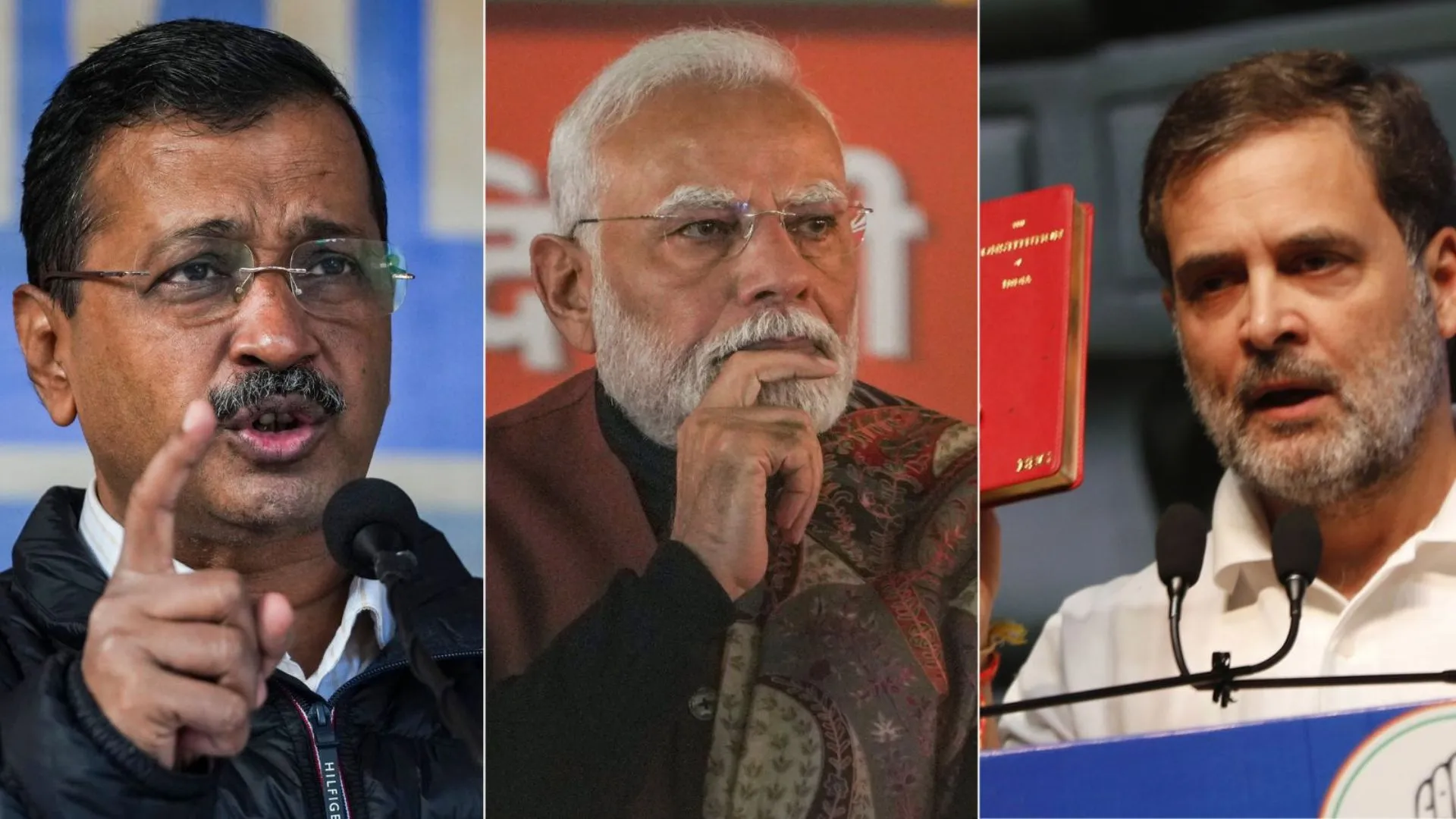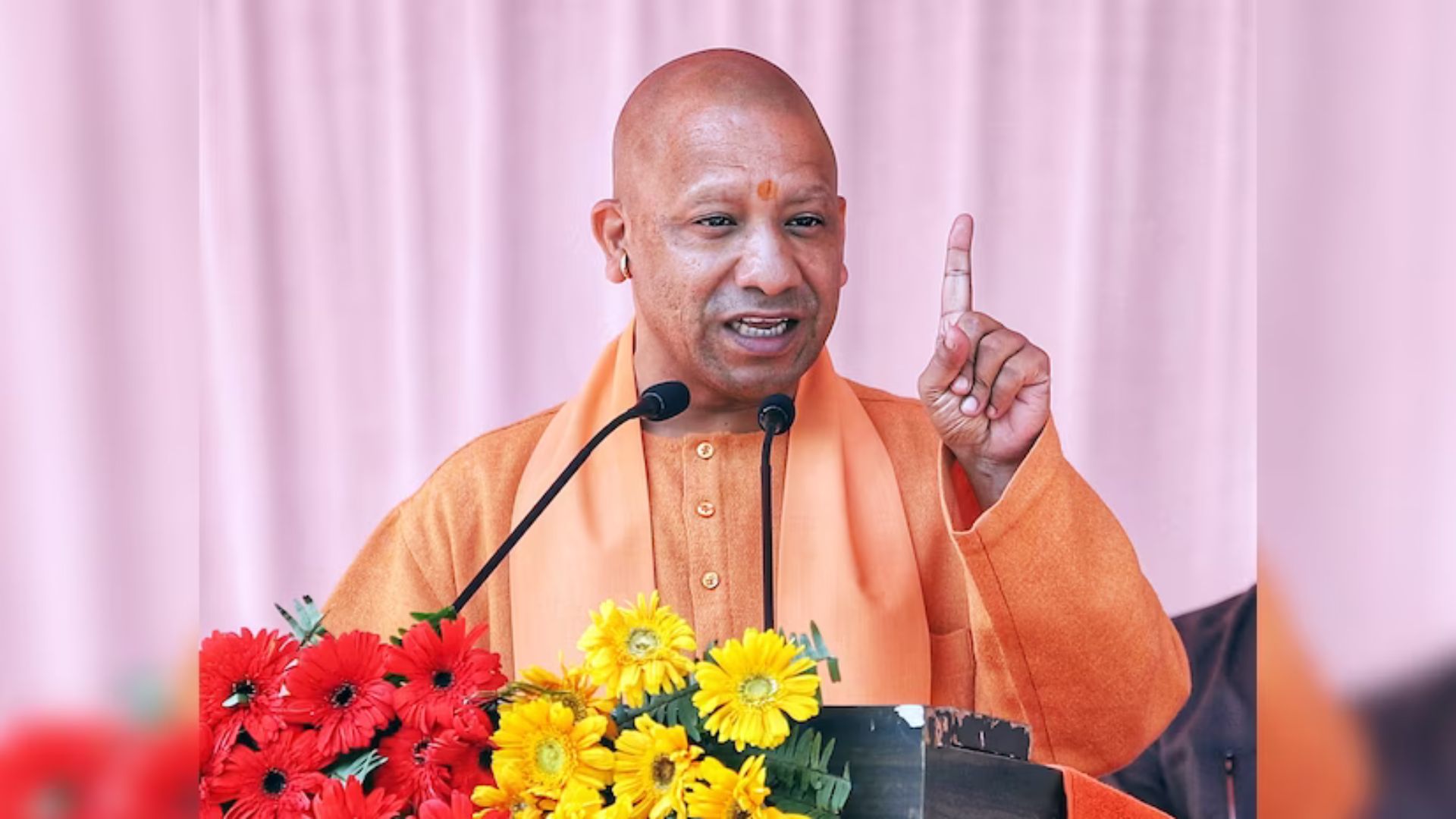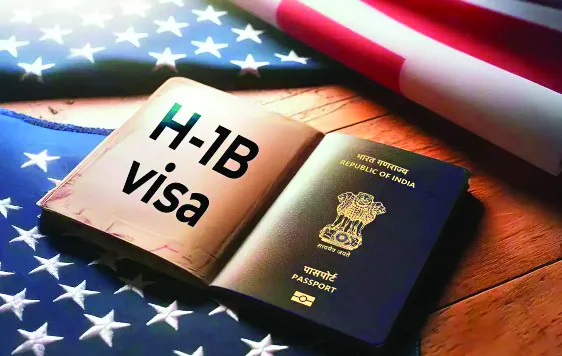The upcoming Lok Sabha elections are characterized by BJP national spokesperson Ajay Alok as a head-to-head battle between the “Brand Modi” and “Brand Virodhi”, resembling more of a presidential contest than a traditional parliamentary election. Alok asserts that the emotional resonance with Prime Minister Narendra Modi among the populace virtually ensures his victory. He predicts that Modi’s ambitious target of securing 370 seats will be facilitated by a notable surge in regions where the BJP traditionally hasn’t been dominant, particularly in southern states like Tamil Nadu, Telangana, Andhra Pradesh, and even in West Bengal. Alok attributes this projected success to the rising sense of Hindu pride under Modi’s leadership.
Moreover, Alok emphasizes the significant role of Modi’s brand equity, even in regions where regional leaders like Nitish Kumar in Bihar may hold sway. He underscores the prevailing narrative of the election being a binary choice between supporting or opposing Modi, suggesting that even leaders like Kumar would play a supplementary rather than a leading role in shaping the electoral outcome. Alok goes further to suggest that the Congress party is in a precarious position, with speculation about the electoral fortunes of prominent opposition figures such as Shashi Tharoor and Arvind Kejriwal. He downplays the potential for sympathy towards figures facing corruption charges, citing historical examples to support his assertion.
Furthermore, Alok draws comparisons between Kejriwal and controversial figures like Lalu Prasad Yadav and Mohammad Shahabuddin, portraying him as a divisive figure. He reaffirms the Modi government’s commitment to fighting corruption and suggests that their campaign against corruption will persist beyond the elections. Overall, Alok’s assessment provides a comprehensive overview of the BJP’s electoral strategy, emphasizing the central role of Modi’s persona and the perceived weaknesses of the opposition, while also outlining the party’s stance on key issues like corruption.

